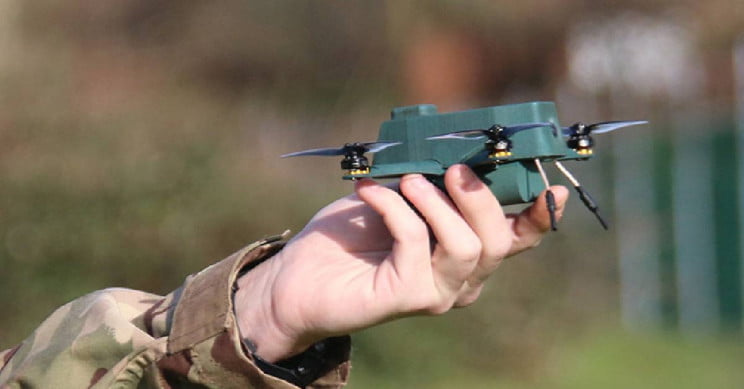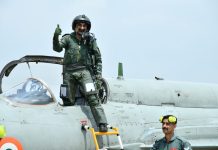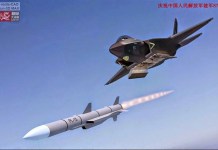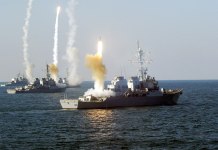The biggest threat faced by the US troops currently deployed in the Middle East is the presence of tiny military drones that possess the ability to wreak havoc, a top US military commander said.
According to General Kenneth McKenzie Jr., who heads the US Central Command, the increasing use of cheaper and smaller drones has been a big worry for troops deployed in the region.
The Central Command is one of the 11 unified combatant commands of the US Department of Defense.
“The proliferation of small, cheap drones is the most concerning tactical development since the rise of the improvised explosive device in Iraq,” McKenzie said.
“State and non-state actors have figured out another cheap way to target U.S. troops,” said the four-star general earlier this week.”
According to McKenzie, the reason why the threat is magnified is basically, because the country currently does have adequate dependable countermeasures against the drones.
“I’m not just talking about large unmanned platforms, which are the size of a conventional fighter jet that we can see and deal with by normal air defense means. I’m talking about ones you can go out and buy at Costco right now for $1,000,” said McKenzie.
Until a few years back, the use of drones was considerably limited to a few sectors. But the advancements in technology coupled with the continued investment in it has led to a huge market for these small flying machines.
One of the major users of drone technology has been the military, which feels that aerial vehicles are a good choice for carrying out surveillance as well as launching attacks on targets during missions, without compromising the safety of personnel or the mission itself.

For years, the US has remained an undisputed leader in the military drone segment, followed by Turkey, Israel, and the UK.
For instance, the hunter-killer MQ-9 Reaper drones of the US Air Force have achieved tremendous combat success in the fight against insurgents in Afghanistan and Africa.
While several countries have spent huge sums of money on developing advanced military drones, there has been a substantial increase in the development of commercial drones as well. These drones are relatively cheaper and easier to operate and hence, the increasing use of such UAVs by militant groups and criminal organizations across the world.
There has been plenty of videos available displaying footage from battlefields in nations like Iraq, Syria, and Ukraine, showing the potential havoc that small drones can create on unsuspecting ground forces.
These include scouting for call-for-fire missions as well as dropping bomblets on exposed positions. There have also been reports of Syrian fighters finding crude ISIS drone factories in areas liberated from the extremist group.
“Right now we’re on the wrong side of the cost imposition curve because this technology favors the attacker, not the defender,” said McKenzie. “But we’re working very hard to fix this and flatten the curve. We have a variety of systems in the field already.”
The US military’s current counter-drone capabilities include electronic warfare systems. There is also an option of using lasers or microwaves to disrupt communication links between the drones and their operators.
“Those are all steps in the right direction, but it worries me because I think what we’re seeing is the emergence of a new component of warfare,” said McKenzie. “Part of a system of systems, and how we work our way through this challenge will be closely watched by our competitors, and our adversaries.”
Follow EurAsian Times on Google News




